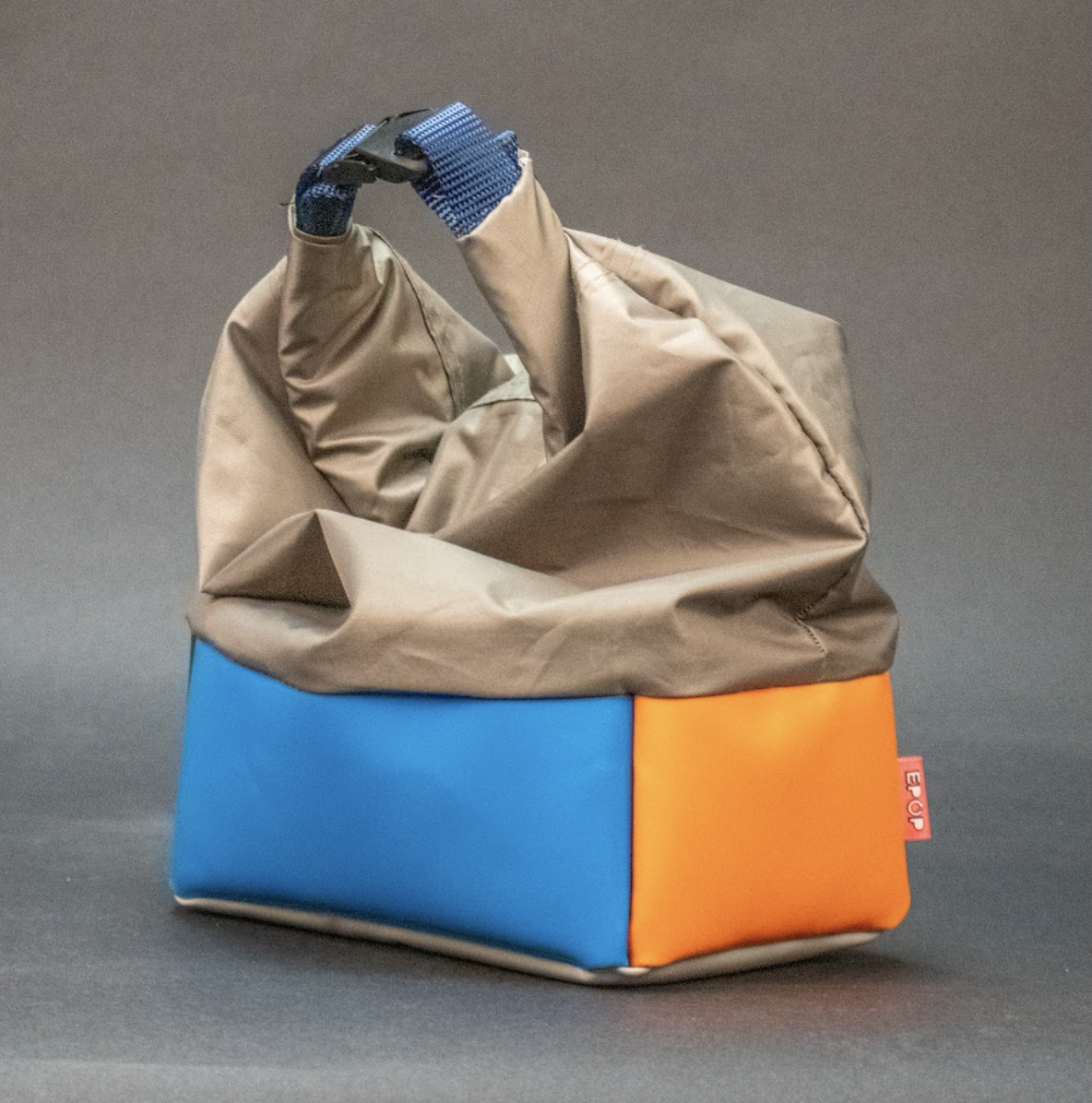The lunch pack to match your gear, from your gear.
Repack
Origin
Starting my Junior year at CU, I took part in a student-designed shop (EPOP Shop) that contained 11 different products from students that focused on using diverted materials to create and manufacture a new product.
Boulder is an extremely outdoors-oriented city which influenced the decision making process behind our product. Given this, my group comprised of two other student designers dove into the concept of a lunch bag for people to take their food on the go.
Iteration
Knowing what product we wanted to create, our team began brainstorming and ideating many different designs that would stand out amongst the millions of other lunch boxes out there. During this process, we drafted roll bags, flap-top bags, pouches, and many more.
Standing Out
Using Boulder’s outdoor and adventurous personality, we looked towards outdoor activities to give us inspiration for Repack. Among many popular outdoor pursuits, we became fixated on white water rafting and the dry bags people used to keep their items safe. We loved the correlation between dry bags and safety along with their unique roll-up and clip design and wanted to incorporate a similar feature into the Repack.
Diverted Materials
With the question of our form answered, we began researching and testing different materials for the physical construction of the bag. Just as we took inspiration of outdoor activities for the bag’s form, again we looked for outdoor gear for materials.
After testing several materials from reclaimed jackets to damaged tarps, we decided on using decommissioned tents and discarded PVC scraps from NRS rafts that weren’t used in their manufacturing process. While the tent material serves as the main body of the bag, the raft PVC was used on the bottom third of the bag to allow the user to place the bag wherever and not have to worry about dirt, grime, or water.
Manufacturing
As our group began manufacturing the Repack, we divided up into stations to create an assembly line with quality checks to make sure each bag was perfect. throughout the process, we used sewing machines, surgers, laser cutting, and much more. By the day of the market, we managed to produce 22 bags by hand.
The Market
On November 23, our team along with the 10 others took part in the Firefly Handmade Market on Pearl Street to sell our bags to the public. Having to raise the prices before selling out, the stand saw hundreds of people go through the shop. By the end of the day, we had sold all of the units except for a few that were being kept on reserve.

















